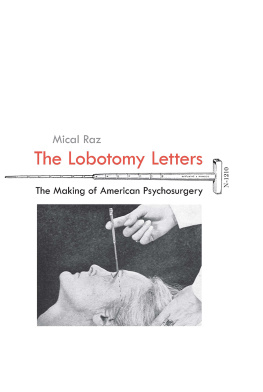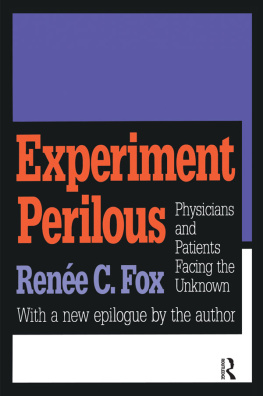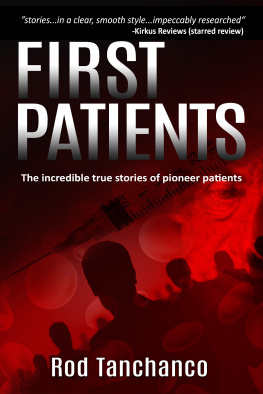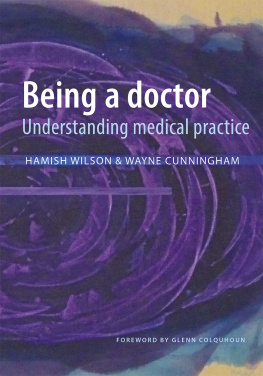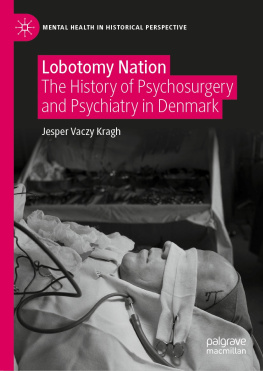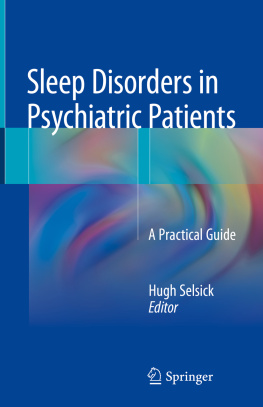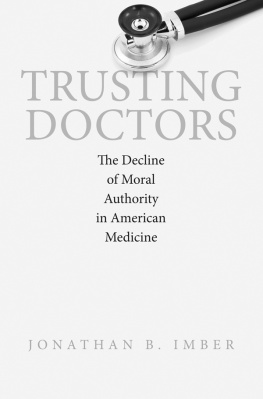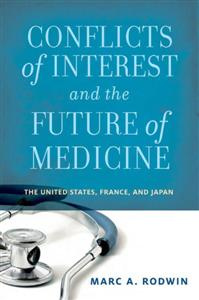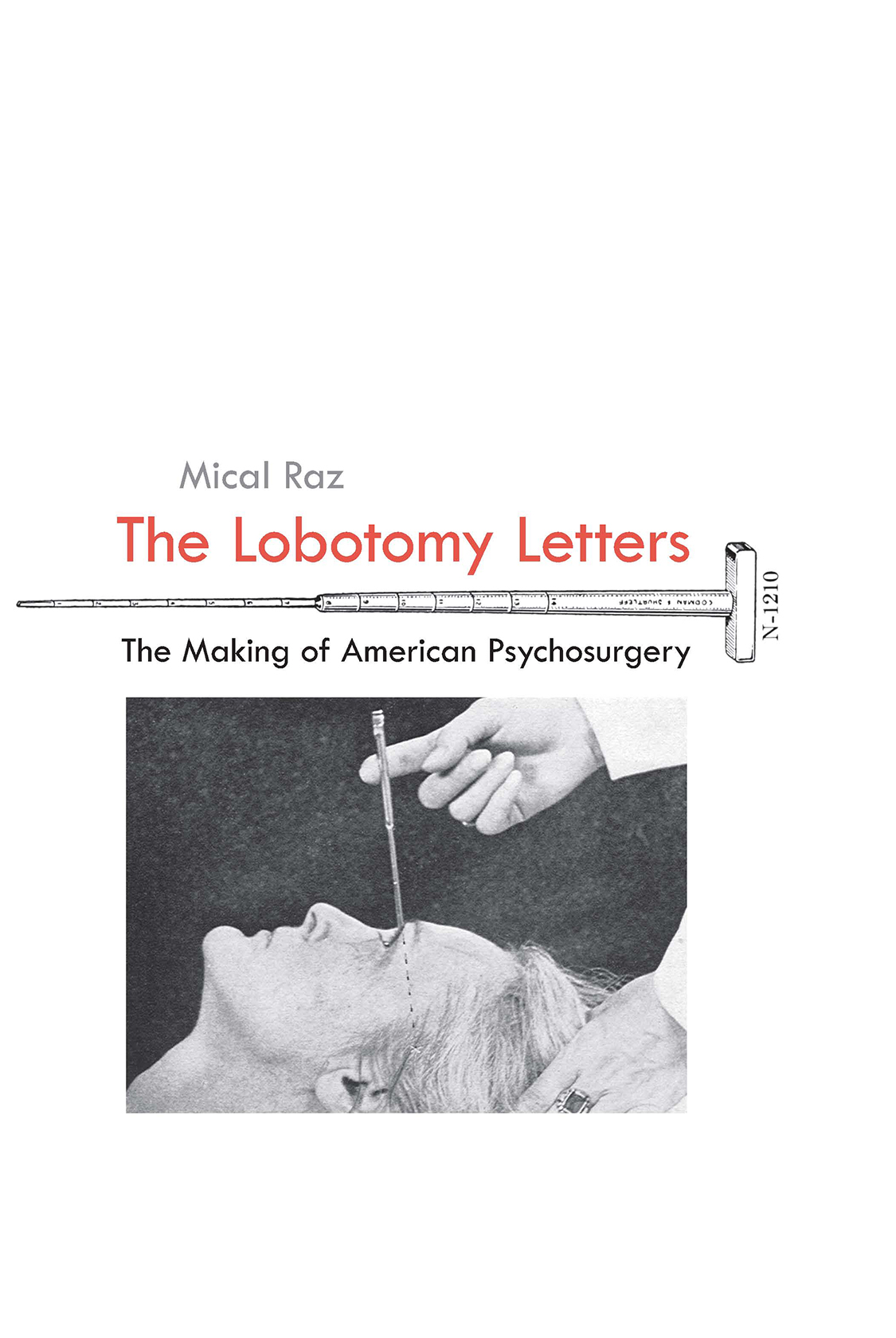Chapter One
From French Neurology to American Lobotomy
In June 1923 Walter Freeman arrived in Paris to work at the Salptrire under the patronage of the famed neurologist Pierre Marie. Freemans grandfather, the distinguished surgeon William W. Keen, had written to Pierre Marie on Freemans behalf, enabling the young medical graduate to study the classic neurology of the Salptrire, headed by Charcots student and successor.
Many American medical students and young physicians trained in Europe. Paris was the primary destination until the mid-nineteenth century, known as the French period in American medicine.
Following his return to the United States, the carbon copies of letters typewritten by Freeman to his family, friends, and colleagues, a number of letters from family and friends, as well as his sketches and scientific papers, were bound together, with a preface and an index added by Freeman. Freeman states in his preface that these letters were preserved and bound in order to give an impression of the life of a foreign student in the great French capital after the war, adding that the descriptions he gives in his letters and sketches are consciously detailed. Freemans letters and his personal sketches were written for an audience, and were specifically designed to convey both his personal and professional experiences in Paris. In this bound collection, Freeman also included detailed explanations of the French medical education system, and portraits of the leading figures in the field. From this aspect, these sources were written for a particular public, be it family, friends, or professional acquaintances, and are primarily a reflection of the thoughts and experiences Freeman chose to share with others.
Many of the nineteenth-century characteristics of the Salptrire and its common medical practices were still evident during the years following World War I. At that period, when the usage of lipiodol was gaining popularity as a valid method of neuroradiology, the cisterna magna puncture together with the injection of lipiodol was often a presurgical procedure designed to locate a tumor and indicate whether surgery would be possible. This procedure, though relatively simple, can be potentially disastrous if performed incorrectly, or if the patient is not sufficiently stable during the puncture itself.
Freeman described the procedure to his former medical school classmates Temple Fay and Francis Grant, two physicians who went on to become leading American neurosurgeons. Clearly voicing his surprise at the procedure and at the manner in which it is performed, he wrote to Temple Fay:
They are doing cisterna magna punctures in some of the clinics with about as little hesitation and as little preparation as lumbar punctures, and from seeing two or three it is a wonder to me that they dont hit the medulla. No guard or even mark on the needle. Today the assistant injected some of this lipiodol stuff into the cisterna magna sat the patient up and thumped her back for several minutes to make the stuff settle.
Two days later he sent a similar description to Francis Grant:
Over here theyre doing cisterna punctures with as much sang froid as we do lumbar punctures. The patient is propped up with pillows into a half sitting posture, the hair clipped a little and a dab of iodine painted on. Without anesthesia and without a guard on the needle and without gloves the needle is run in until the snap of dural penetration is felt. Some of the needles havent even obturators. They seem to get away with it all right.... The x-ray showed a nice little blob of lipiodol down at the bottom of the canal.
Freeman was surprised by this semisurgical practice common at the Salptrire, which he viewed as risky and performed under suboptimal conditions. There seems to be a marked difference between the style of clinical work he was accustomed to in the United States and that which he describes in his letters. However, as the clinical result is perceived by Freeman as satisfactory, he infers that with minimal preparations and precautions taken, procedures involving the central nervous system can be successfully endeavored by neurologists. Additionally, the emphasis in the evaluation of the procedure is shifted from the manner in which the procedure is performed to its ultimate result.
Cisterna puncture was not an invention of French neurologistsit was first described by the Americans Paul Wegeforth, James Ayer, and Charles Essick in 1919, and published in the American Journal of Medical Science .
As opposed to the perceived ease of the cisterna puncture procedure, surgical procedures performed on the nervous system did not seem to be as successful or sophisticated as Freeman would have expected. Writing to a mentor, the neurologist Theodore Weisenburg, Freeman claims, Surgery is very crude here, all that I have seen of it. Even simple decompression cases go under with alarming regularity, and Souques keeps his tumor cases for later study rather than trust them to the mercies of the surgeon.
Freeman voiced his disapproval of the surgical methods at the Salptrire and their high mortality rates. Emphasizing the tension between neurologists and surgeons, Freeman described how neurologists often opted not to refer their patients to surgery. At that time, neurosurgery had not yet been established as a specialty. Few surgeons were familiar with the anatomical intricacies and technical challenges of brain operations, and the field of neurological surgery was disappointingly backward.
A similar description appears in a letter written four days later to Charles Frazier, one of the pioneers in the field of neurosurgery in the United States. Freeman wrote:
During the summer, in the hands of Gossets [head of the surgery service at the Pitie-Salptrire] assistants, the cases sent from Maries clinic for decompression have died with sickening regularity. I will say they were more or less desperate cases, but one little girl plainly died from hemorrhage and shock, and another from signs of medullary compression. I have rather argued for trial of newer methods of caution in regard to blood transfusion and dehydration, but the patient belongs to the surgeon as soon as he leaves the neurological clinic, and I really hate to see them sent over.
Freeman seemed to have been appalled by these patients deaths, following their referral from Maries neurological clinic to surgical intervention. Once again, the tension between the different disciplines (surgical and neurological) is evident in Freemans writing. As in the previous letter, the transferring of a patient from the neurological to the surgical clinic was described as a difficult moment. This transfer, for Freeman, was seen to be a form of abandonment of the patient as well as his relinquishment of medical responsibility. Thus, Freeman attempted to prevent these transfers if possible.
Freemans frustration at what he saw as therapeutic nihilism is evident. From Freemans point of view, painfully little was being done for these patients. They were either kept untreated for further study, as reported in the previous letter, or were subject to unsuccessful surgical interventions. These surgical failures were seen by Freeman to be due at least in part to surgeons reluctance to implement new methods. Thus we can reconstruct the dire state of neurological surgery at the Salptrire at that time, and infer what Freeman, an American-trained physician, would have expected to have been done for the patients.

